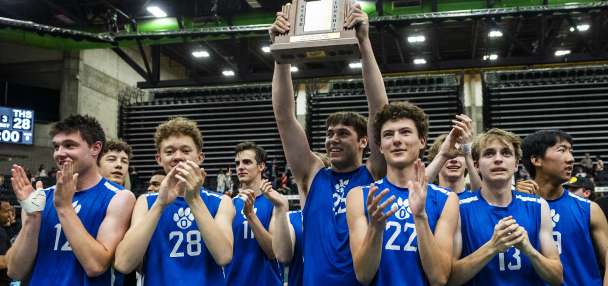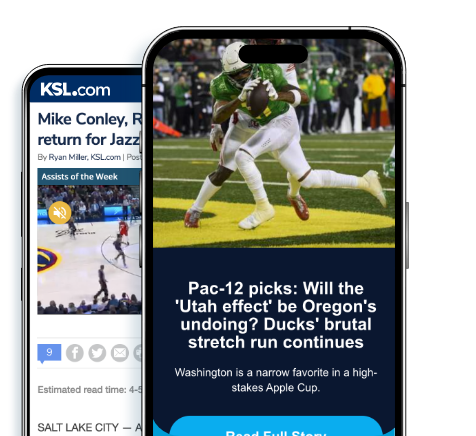Estimated read time: 3-4 minutes
SALT LAKE CITY — Things are different for Bill Armstrong these days.
OK, that statement is a bit obvious. After all, the Utah Hockey Club general manager is in a new city and (technically) with a new team. He's wearing different colors and has a bit more money to spend.
Still, the oddest change for him might be that he's getting recognized.
"People will be waving to me on the street," Armstrong said. "It's kind of weird because they know who you are. When you were in Arizona, you went undetected."
Now, he's getting chatted up in the street, and his Uber drivers are trying to get some intel on the team.
"They're tuned in. This is a big thing," Armstrong said.
Those same fans get a chance to tune in (literally) on Friday for the first NHL draft featuring a team from Utah. So who might be there when Utah selects No. 6 overall?
That is a mystery.
Armstrong said anywhere from 10-12 players could go off the board after presumed No. 1 pick Macklin Celebrini is taken by the San Jose Sharks.
"It's wide open," he said. "I think there's going to be some surprises that happen."
The draft is considered defenseman-heavy at the top; blueliners like Denver's Zeev Buium, London's (OHL) Sam Dickinson and Saginaw's (OHL) Zayne Parekh could be options for Utah. If the Hockey Club chooses to go offense, WHL centers Tij Iginla and Cayden Lindstrom, along with Russian winger Ivan Demidov could be in the mix.
No matter who Utah chooses, don't expect that player to be suiting up for the new NHL team when the puck drops on the Hockey Club's inaugural season.
"Not to say that they won't have an opportunity to come in and make our team in camp, but for the most part, what you're seeing there is going to be an impact player at some point in time in their career," Armstrong said.
Armstrong believes in using the minor leagues to help develop his roster — a strategy that is starting to play off with recent draftees like Dylan Guenther and Josh Doan.
"The majority of our draft picks will go through the minors and come up," Armstrong said. "That way when they come up, they'll be extra ready, and that's important to us. Not to say that the sixth overall pick can't play in the National Hockey League for us, but it's highly unlikely next year."
Utah has three picks in the second round (Nos. 38, 49 and 65), three more in the third (71, 89 and 96), two in the fourth (98 and 103), one in the fifth (135), two in the sixth (167 and 190) and one in the seventh (199).
The second through seventh rounds will be on Saturday.
While Armstrong said the team is being patient as it continues on the rebuild, there might be a chance to use one (or more) of Utah's draft assets to trade for a ready-now NHL player. Last year, Armstrong sent a second-round pick to Los Angeles for defenseman Sean Durzi.
"We're pretty flexible," Armstrong said. "It allows us to go out and buy players at the draft. There's somebody available that we think (can help), you can always use those picks to go buy players. … Obviously, your phone's got to ring and you got to see if you can make some deals to improve your team, but we do have that option."



 TOR
TOR FLA
FLA DAL
DAL WPG
WPG IND
IND CLE
CLE GSW
GSW HOU
HOU






